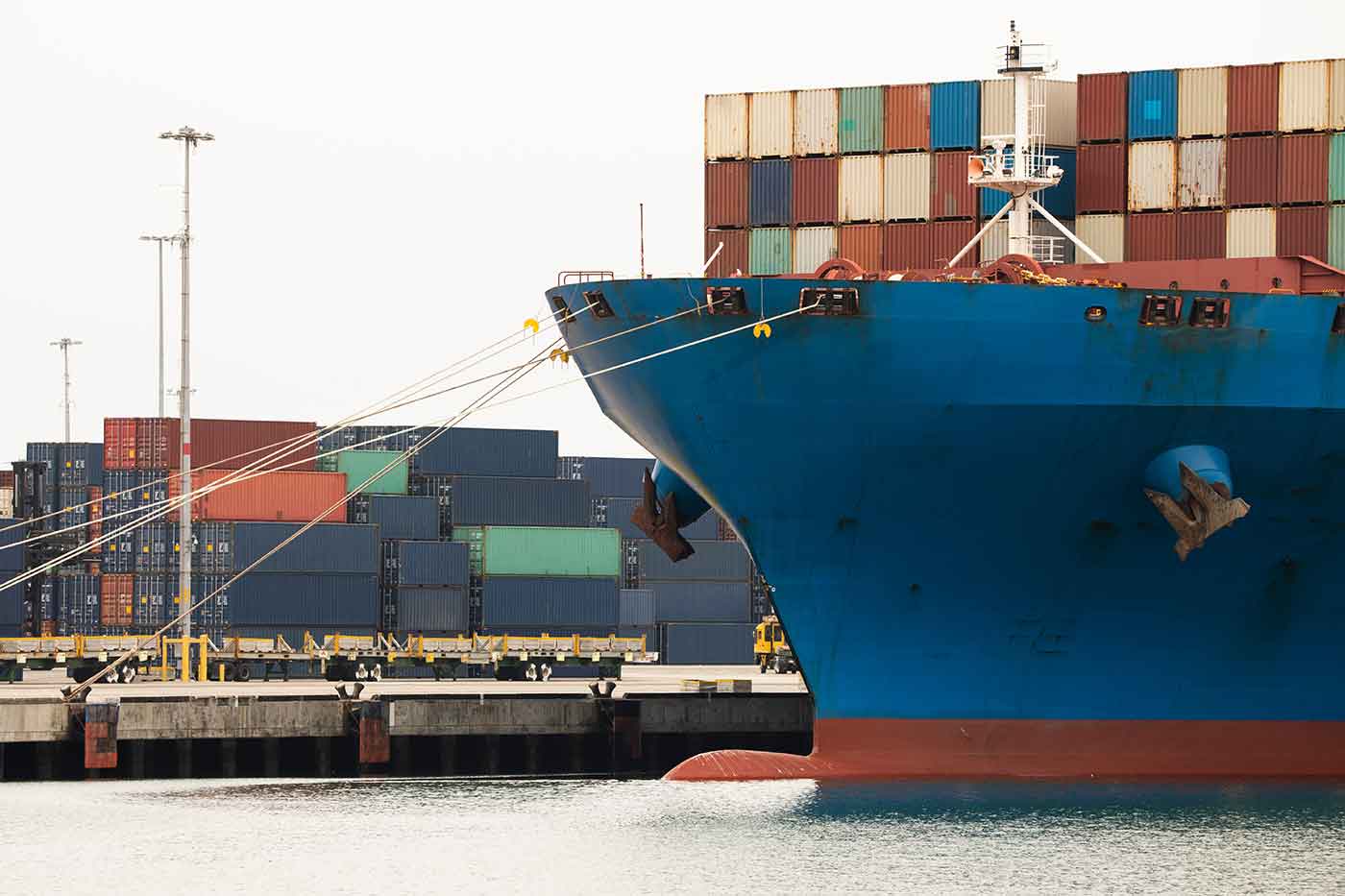Inflation, weakening demand, social instability and the war in Ukraine are leading to turbulent developments in freight prices on both land and sea.
We’ve been looking at the situation to find out exactly what’s going on and why they are having such a significant impact on freight.
Road freight prices soar
There’s no getting away from the effect the events on 2022 are having on road freight rates across Europe. Increasing fuel prices are bad enough, but compounding this by the invasion of Ukraine and driver shortage creates a perfect storm.
If we turn to the European Road Freight Rates Benchmark (produced by Transport Intelligence, Upply and IRU) for Q2 2022, we see that:
-
- War in Ukraine: Following the invasion of Ukraine in March, the EU-27 pre-tax diesel price jumped 69% from its January level.
- Demand weakening: Multiple indicators point to weakening demand for European road freight, with declining activity in all major economies and inflation rates weighing on consumer and business confidence.
- Rising inflation: Inflation is rising in all European countries and reached a record high of 8.6% in the Eurozone in June.
- Driver shortage: The shortage affects the entire European continent. Germany is in a particularly critical situation with an estimated shortage of 50,000 to 80,000 truck drivers. Migrant workers account for 24% of the German driver workforce, and the loss of Ukrainian citizens returning to defend their country has further restricted the supply of drivers in Germany.
- France/Spain: This corridor has seen significant spot rate increases. In particular, the increase reached 21.2% quarter-on-quarter in the Paris-Madrid direction. This is almost twice the average increase in European spot rates and the second highest increase of all European spot rates.
- Germany/Poland: All rates, except for spot rates from Duisburg to Warsaw, have reached new historical highs on this route after following an upward trend since the beginning of the pandemic. Contrary to the relationship observed on most European routes, spot rates on this route increased more slowly than contract rates. Demand has been affected by the weakening of the industry in Germany and Poland. The instability created by the conflict in Ukraine is particularly noticeable in this part of Europe and affects the development of industrial prospects.
- France / Great Britain: Following Brexit, transport operations between France and Great Britain have become more expensive and longer. Researchers at the London School of Economics (LSE) have found that while exports have largely recovered, British imports from the EU have fallen by 25% compared to other destinations. In addition, the variety of goods traded fell by 30%. Low-value goods were the most affected by the increase in administrative costs.
(Ti insight)
The rising cost of shipping
According to a report by the UN Conference on Trade and Development (UNCTAD), the Ukraine war is stifling trade and logistics, increasing global vessel demand and the cost of shipping worldwide.
Thanks to disruptions in Ukraine’s regional logistics, the ceasing of port operations in Ukraine, the destruction of critical infrastructure, trade restrictions, increased insurance costs and higher fuel prices, shipping distances have increased, along with transit times and costs.
The report goes on to say:
- Grain prices and shipping costs have been on the rise since 2020, but the war in Ukraine has worsened this trend and reversed a temporary decline in shipping prices
- Between February and May 2022, the price paid for transporting dry bulk goods such as grains increased by nearly 60%.
- The cost of oil and gas has increased as alternative sources of supply, often at more distant locations, are called upon
- Higher energy costs have led to higher marine bunker prices, raising shipping costs for all maritime transport sectors
- By the end of May 2022, the global average price for very low sulphur fuel oil had increased by 64% since the start of the year
The effects of the Ukraine war will exacerbate this global inflationary impact.
While the pass-through to inflation is less than that associated with fuel or food prices—which account for a larger share of consumer purchases—shipping costs are much more volatile. As a result, the contribution in the variation of inflation due to global shipping price changes is quantitatively similar to the variation generated by shocks to worldwide oil and food prices.
Inflation, the final word
When numerous factors converge like this, there’s little anyone can do to stop the rising costs. Right now, we are forced to live with rising prices which impact everyone’s lives. This is like to remain the status quo until the political climate stabilises. It’s not the rosiest picture to paint, but it’s something we all must endure.
Smart Directions provide a bespoke logistics service, ensuring their clients maintain excellent levels of customer service at all times. Call the team on 01442 507 240 to find out more.

